Origin
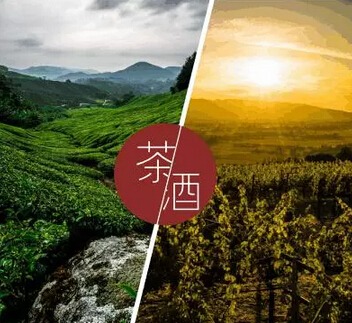
Tea and wine cultures share many similarities. Their histories and origins are equally ancient. Tea is a plant, as is the grape—both are nature's finest gifts to different regions. The思维方式 (thinking modes) of tea and wine are alike: their quality is influenced by soil and climate, making origin a defining factor. The concept of "Terroir" in wine applies equally to tea. Zhejiang is renowned for Longjing, Fujian for Tieguanyin, and Yunnan for Pu'er. Even同为 green tea, Biluochun and Longjing differ vastly in flavor due to their origins. Biluochun itself varies significantly based on soil, orientation, and environment. Bordeaux wines are known for their浓郁色泽 (rich color),强劲单宁 (bold tannins), and aging potential, while Languedoc wines are celebrated for their deep color, complex aroma, and柔和口感 (soft palate). Even within Bordeaux, left-bank wines are fruit-forward, while Margaux wines are细腻优雅 (elegant and refined), and Pauillac wines are structured. Ancient Chinese tea growers followed the "Tea Classic" principle: "rock为上 (best), gravel为次 (second), soil为下 (inferior)," and sought "mountain springs and valleys" to absorb groundwater—remarkably similar to European葡萄种植 (vine cultivation).
Utensils
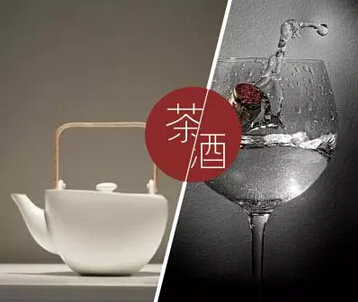
The utensils for tasting also hold学问 (knowledge). Tea sets include teapots and cups. Premium teapots are ceramic or紫砂 (purple clay), offering insulation and耐温 (heat resistance). Tea cups often have white or light釉 (glaze) for observing color. Wine glasses should be transparent, colorless crystal to showcase the wine's hue, with a tulip shape to concentrate aromas. Ideally, different wines deserve specific glasses.
Tasting
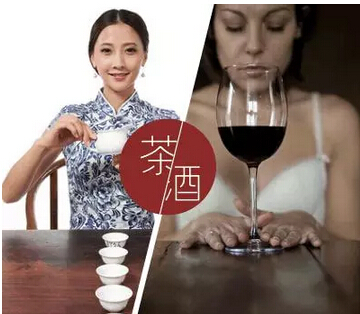
The tasting steps reveal striking parallels. Fine tea should have饱满色泽 (vibrant color), clarity, and光泽 (luster). Wine must be晶莹透亮 (crystal clear). Tea aroma should penetrate the heart, while wine香 (aroma) should be balanced, layered, and evolving. Good tea feels厚实 (full-bodied), smooth, and leaves a lasting aftertaste. Fine wine should be balanced, with酸甜苦涩 (sweet-sour-bitter) harmony, a silky texture, and a persistent finish.
Temperature
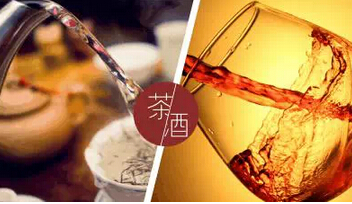
Temperature is crucial. Brewing tea requires precise water heat—too low fails to release aroma; too high damages nutrients. Wine also demands serving temperatures: reds at 16-18°C, whites/rosés at 10-12°C, and sparkling/sweet wines at 6-8°C. The right temperature unlocks their best expression.
For specific varieties:绿茶 (green tea) parallels white wine—best consumed within 1-2 years.半发酵茶 (semi-fermented tea), like oolong, combines freshness and蜜香 (honeyed sweetness), akin to young red wines with both weight and fruitiness (e.g., Beaujolais or Languedoc blends).红茶 (black tea), with its bright orange-red hue and温热性 (warm nature), mirrors aged Bordeaux/Burgundy reds.黑茶 (dark tea), like普洱 (Pu'er), resembles贵腐酒 (noble rot wine)—both develop concentrated, complex flavors (e.g., apricot, leather, smoke) over time.
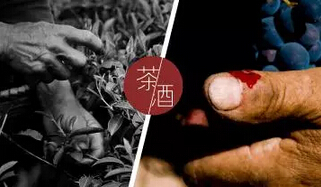
Though mastering either is no simple feat, the love for wine and tea endures. They remain nature's most cherished gifts—worthy of lifelong passion!
For more tea insights, follow "chayewang1" on WeChat.